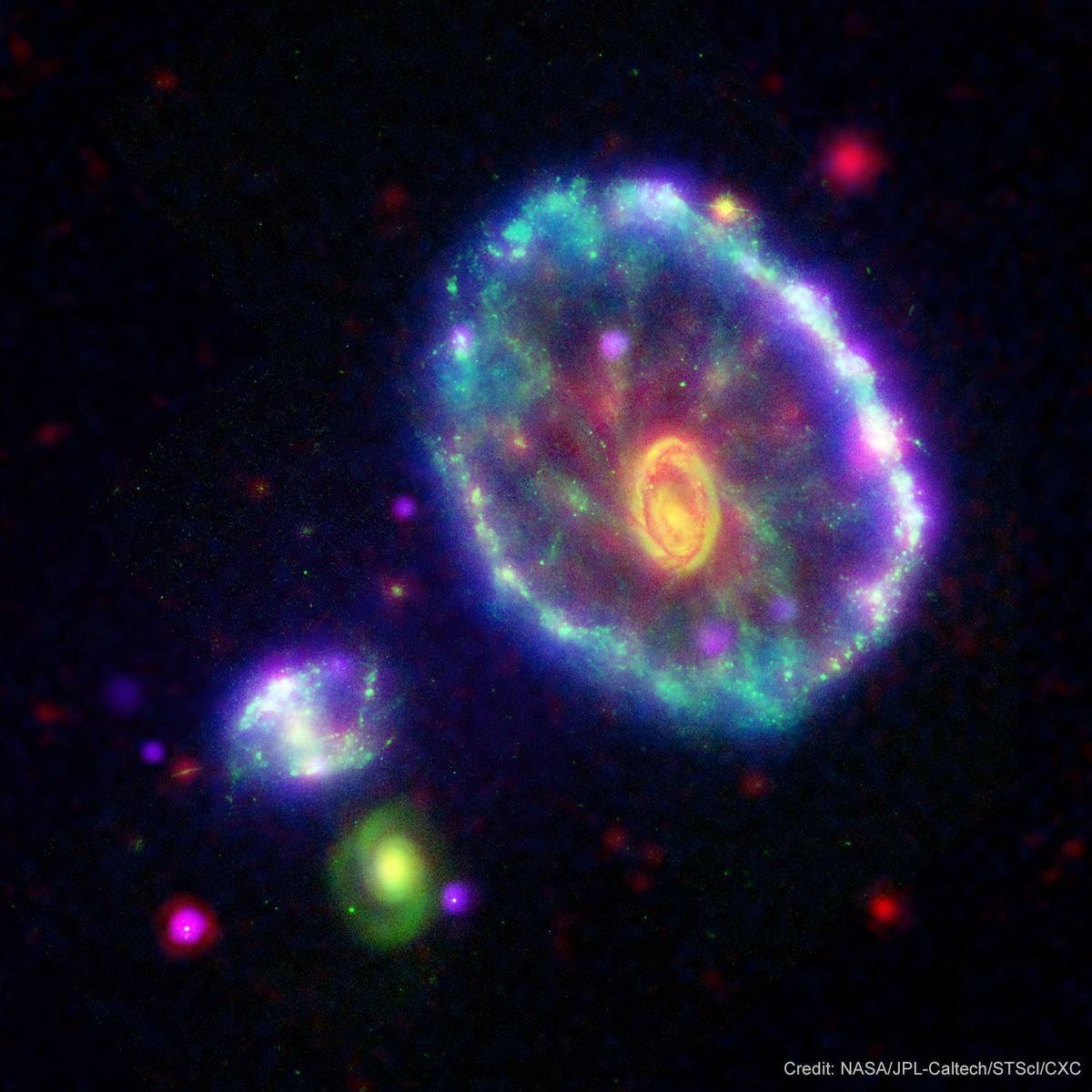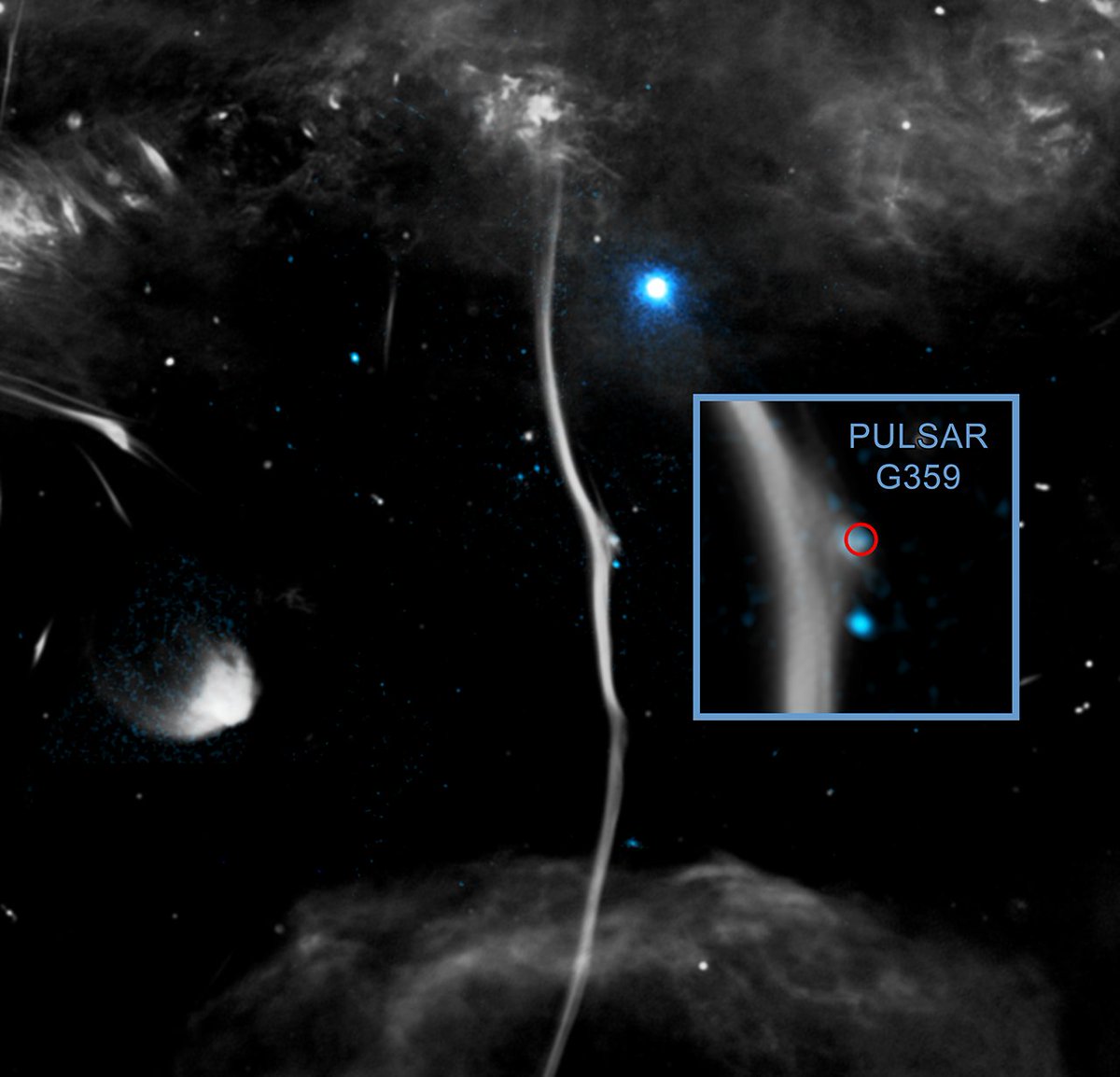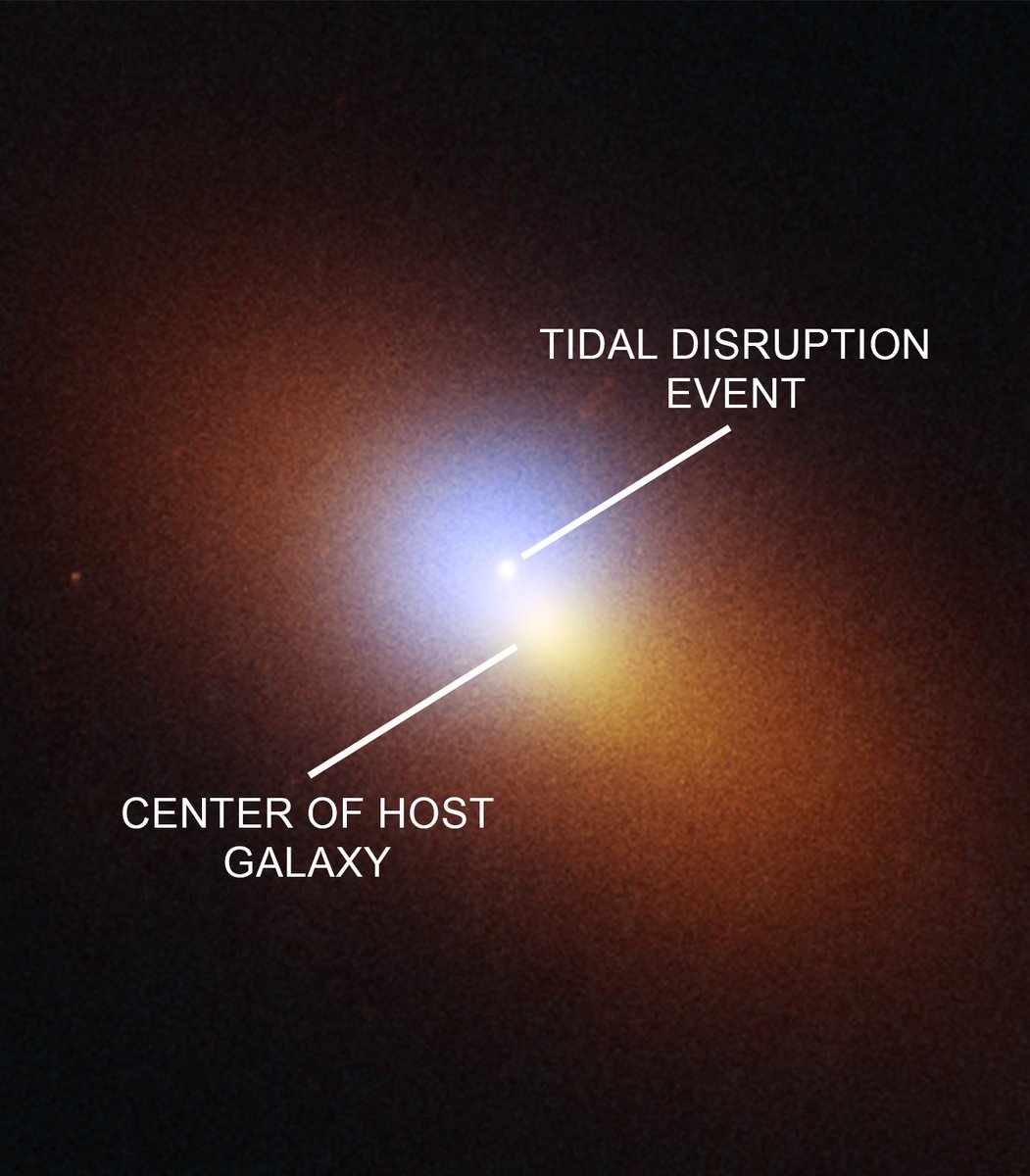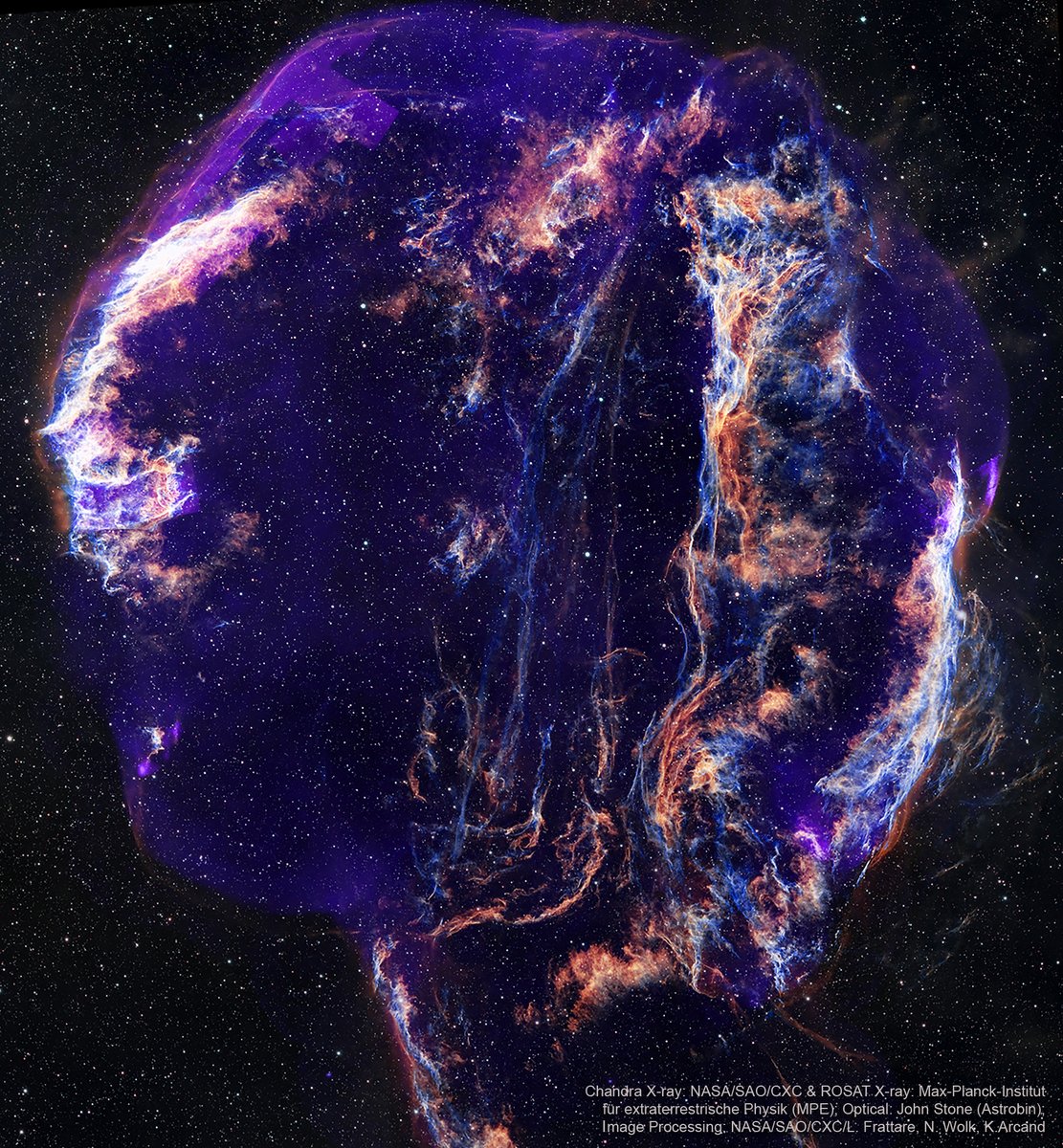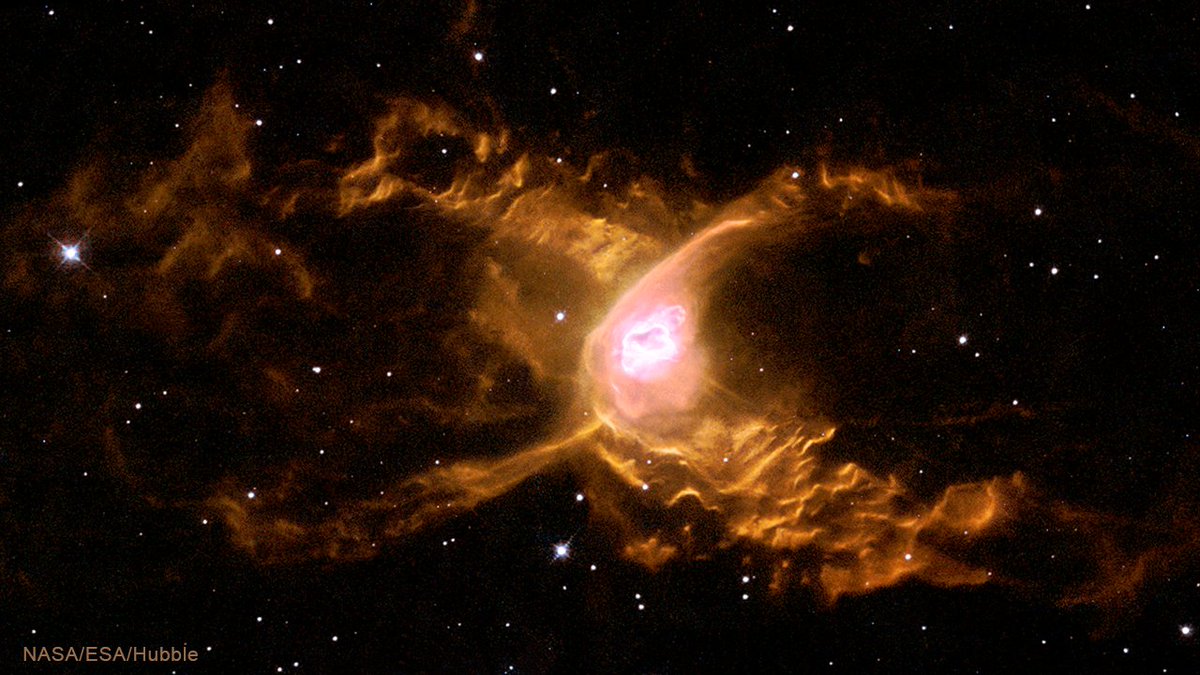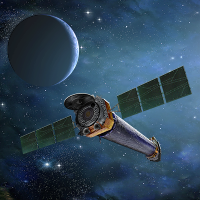
Chandra Observatory
@chandraxray
Official Twitter account of NASA’s Chandra X-ray Observatory. Operated for NASA by Smithsonian (SAO). Verification: nasa.gov/socialmedia Legal: s.si.edu/legal
ID: 12415722
http://chandra.si.edu 18-01-2008 21:35:19
77,77K Tweet
414,414K Followers
204 Following
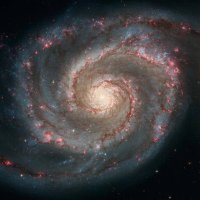


When space telescopes work in harmony, they add new dimensions to our view of the cosmos. By combining infrared and X-ray observations, NASA Webb Telescope and Chandra Observatory have uncovered fresh insights into the explosion that formed Cassiopeia A about 340 years ago, from Earth’s






This month’s #NASAScience image features Cassiopeia A, one of the most studied supernova remnants. Using data from Chandra Observatory and NASA Webb Telescope, researchers have uncovered previously unseen structures within the stellar debris, offering new insights into the complex aftermath of a









